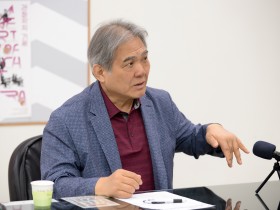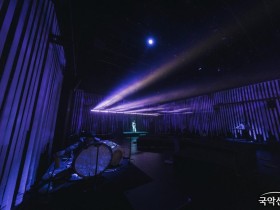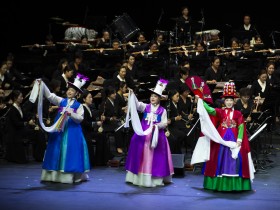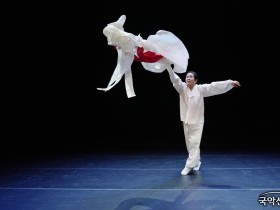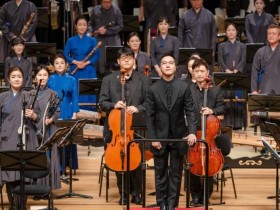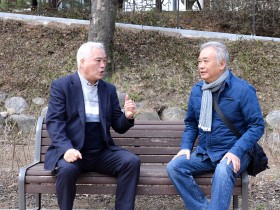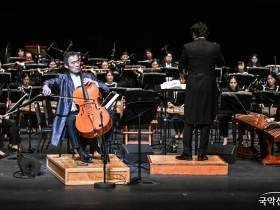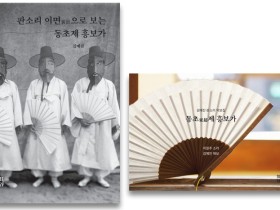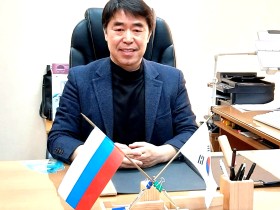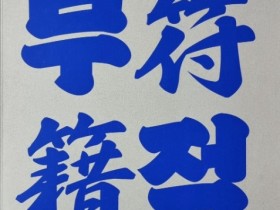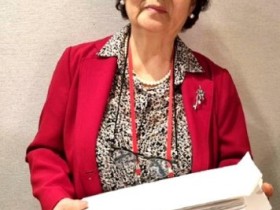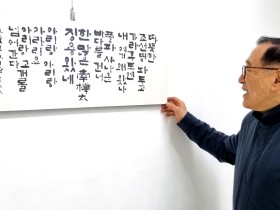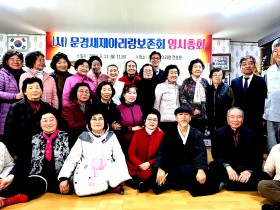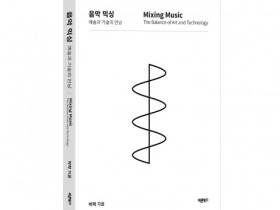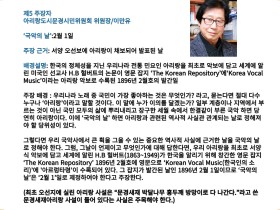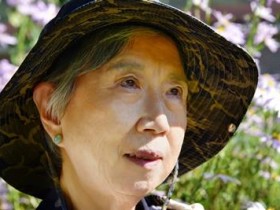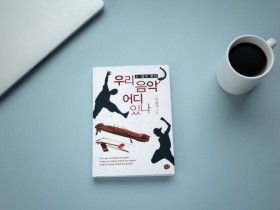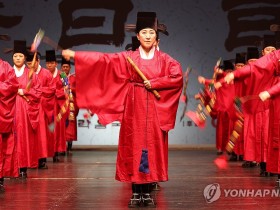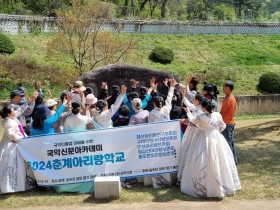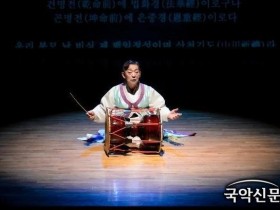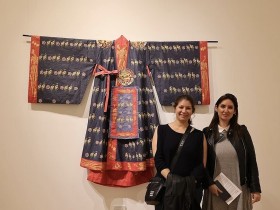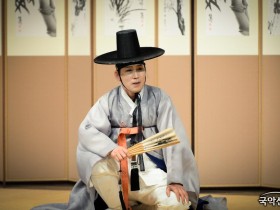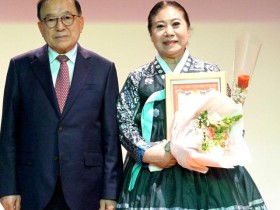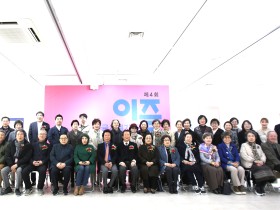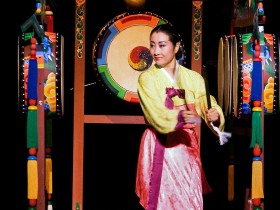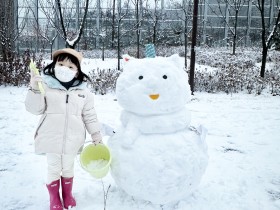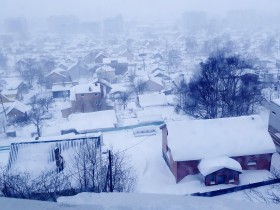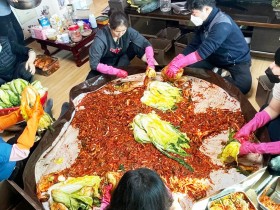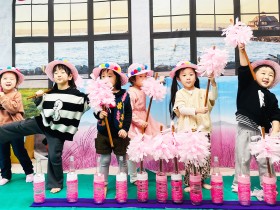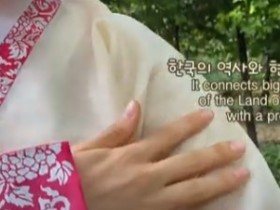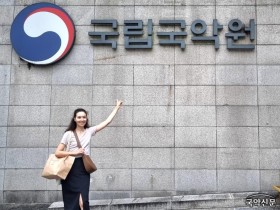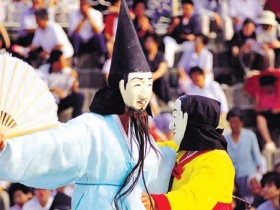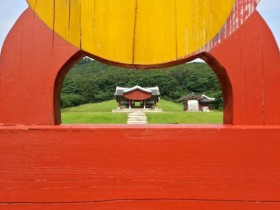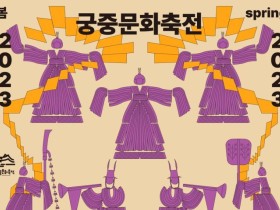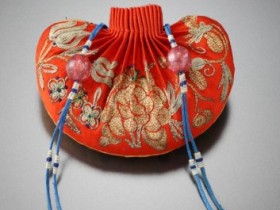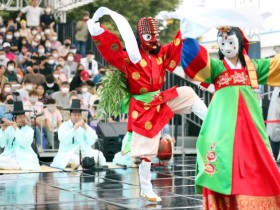기사상세페이지
Korea to request UNESCO to remove the Japanese Hashima Island form UNESCO’s World Heritage List.
Upon
listing in 2015, Japan pledged to pay tribute to the forced labor from Korea
and other Asian countries. The labor of Korean workers who were brought to
Japan against their will was exploited at 7 out of 23 industrial sites,
including Battleship (Hashima) Island. 500 forced workers from Korea were held
on Hashima Island, 122 out of which died there.
On
June, 15th 2020 the Meiji Era information center was opened in Tokyo. Japanese
side completely omitted to mention the forced labor from Korea, failing to
fulfill its pledge. The center appears as a showcase of Japan’s
industrialization history without covering its dark side.
In
this regard, Korean Ministry of Foreign Affairs in close collaboration with the
Ministry of Culture, Sports and Tourism appealed to the UN cultural agency with
the request to reconsider listing Japanese industrial sites as UNESCO’s World
Heritage List. On June, 22 an official request to UNESCO Director-General Audrey Azoulay was sent by Korea’s Foreign Minister H.E. Ms Kang Kyung Wha.
Commemorating
people who fell victims during Japanese Colonial rule in 1910-1945 is both of
historical and cultural significance to the Koreans.
Secretary
General of the Arirang Association Ms Ki Mi Yang, mentioned in her interview to
Newsis that Nagasaki
Prefecture has its own ‘Arirang Path’. It is a path
through which Korean labor workers and comfort women were forcefully brought to
Mitsubishi Shipyard. Korean traditional song Arirang helped them to overcome
sufferings and lift their spirits in their protest against inhumane conditions.
It is a fact recognized by Japanese scholars, such as Nagasaki peace activist
Hideto Kimura and civic group "Forced Mobilization Research Network"
researcher Takeuchi Yasuto.
Tragic
events that took place on the site were also reflected in Ryoo Seung Wan’s movie
‘Battleship Island’ (2017), which received positive feedback from audience and
critics.
Hashima
was named ‘Battleship Island’ due to its resemblance to the warship.
Today it remains an abandoned industrial site and one of unresolved disputes
between Korea and Japan, related to Japan’s World War II crimes.
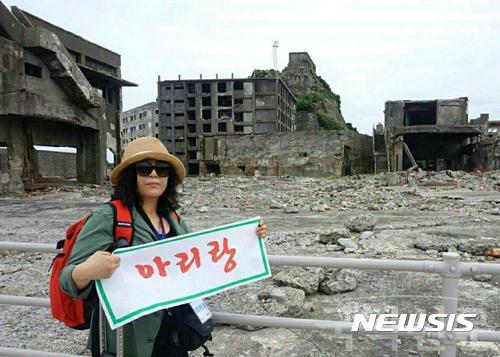
Korea Joongang Daily
KBS World Radio
The Korea Herald
Newsis
한국은 유네스코에 일본 하시마 섬 양식을 삭제해 달라고 요청
유네스코의 세계 문화 유산 목록.
2015 유네스코는 20 세기 일본의 급속한 산업화와 현대화 과정을 기념하기 위해 23 개의 일본 시설 인 '일본 메이지 산업 혁명 현장 : 철과 철강, 조선 및 석탄 채굴'을 세계 유산으로 지정했다.
2015 년 상장 후 일본은 한국과 다른 아시아 국가들의 강제 노동에 대한 찬사를 바치겠다고 약속했다. 전장 (하시 마)을 포함한 23 개 산업 현장 중 7 곳에서 자신의 의지에 반해 일본에 온 한국 노동자들의 노동력이 착취되었습니다. 한국에서 온 500 명의 강제 노동자가 하시 마 섬에서 열렸으며 그중 122 명이 사망했다.
2020 년 6 월 15 일, 메이지 시대 정보 센터가 도쿄에 문을 열었습니다. 일본 측은 한국의 강제 노동에 대해서는 언급을 완전히 생략하고 서약을 이행하지 못했다. 이 센터는 어두운면을 가리지 않고 일본 산업화 역사의 쇼케이스로 나타난다.
6 월 22일 이와 관련하여 한국 외교부 한국 외무 장관 H.E. 강경화는 문화 체육 관광부와 긴밀히 협력하여 일본 문화 유산을 유네스코의 세계 유산 목록으로 등재할 것을 요청하면서 UN 유네스코 사무 총장 오드리아 줄라이 (Audrey Azoulay)에 호소했다.
1910 년부터 1945 년까지 일본 식민지 통치 중에 희생 된 사람들을 기념하는 것은 한국인에게 역사적, 문화적으로 중요한 의미를 지닌다.
양 키미 양 아리랑 협회 사무 총장은 나가사키 현에 '아리랑 길'이 있다고 뉴시스와의 인터뷰에서 언급했다. 한국 노동자와 위안부 여성을 미쓰비시 조선소로 강제로 데려 오는 길입니다. 한국 전통 노래 아리랑은 비인간적 인 상황에 대한 항의에서 고통을 극복하고 정신을 고양시키는 데 도움을주었습니다. 나가사키 평화 운동가 기무라 히데토 (Hideto Kimura)와 시민 단체 "강제 동원 연구 네트워크"연구원 인 다케우치 야 스토 (Yuuchi Yasuto)와 같은 일본 학자들이 인정한 사실이다.
이 사이트에서 일어난 비극적 인 사건들도 류승완의 영화 '배틀쉽 아일랜드 (Battleship Island)'(2017)에 반영되어 시청자와 비평가로부터 긍정적 인 피드백을 받았다.
하시 마는 전함과 유사하여 '전함 섬'으로 선정되었습니다. 오늘날에는 일본의 제 2 차 세계 대전 범죄와 관련하여 버려진 산업 현장과 한일 간의 미해결 분쟁 중 하나이다.







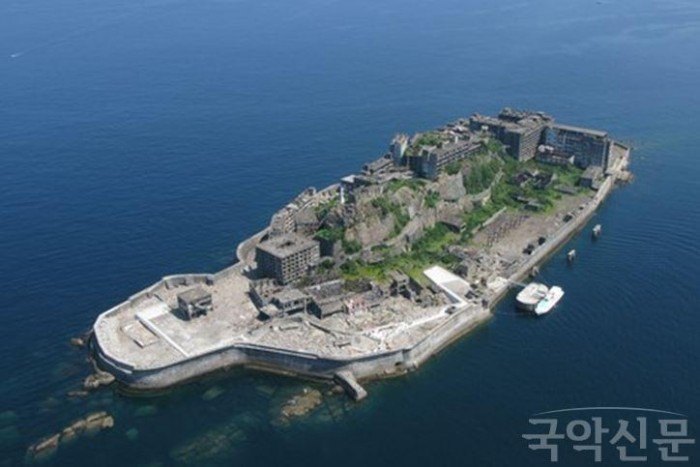




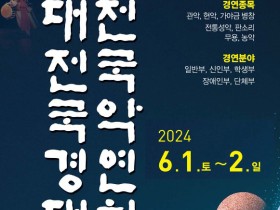


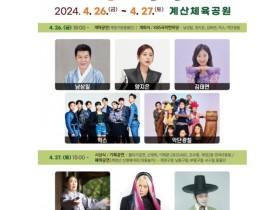
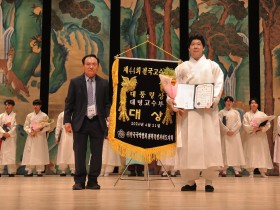






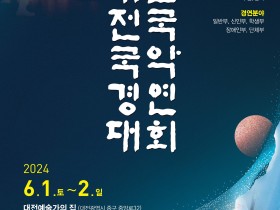

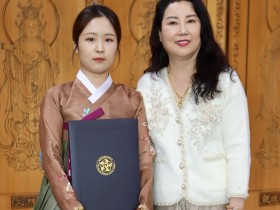

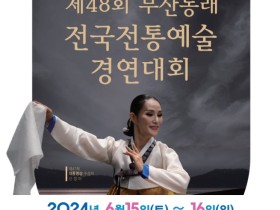
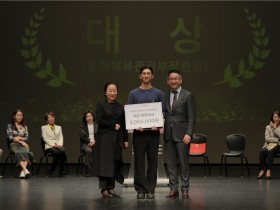





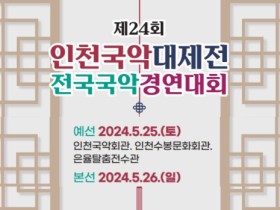






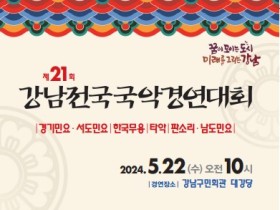
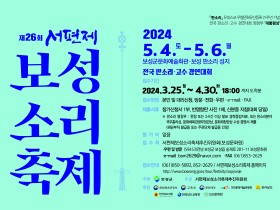


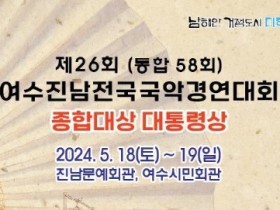

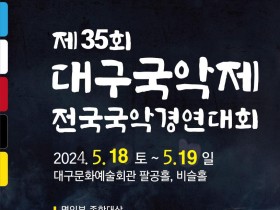
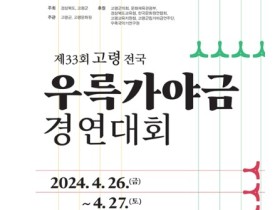
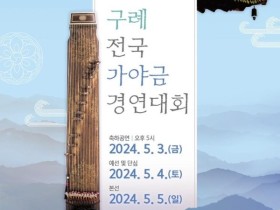



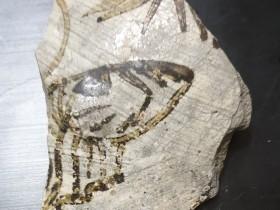
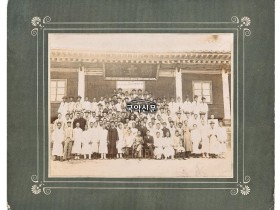
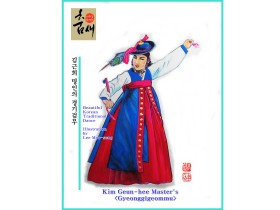
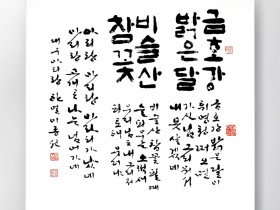
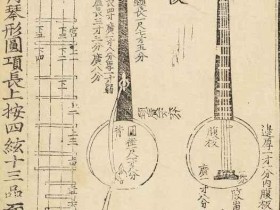
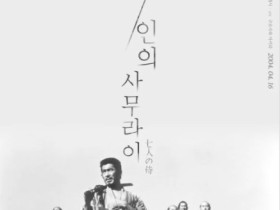
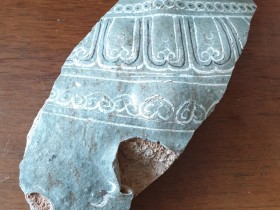
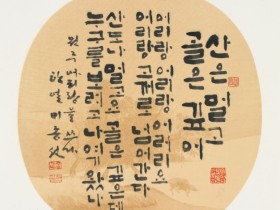
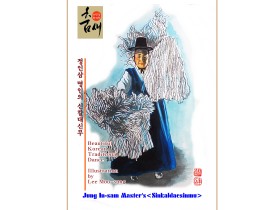
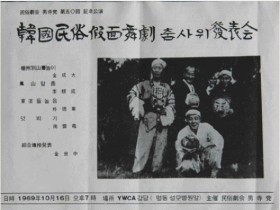
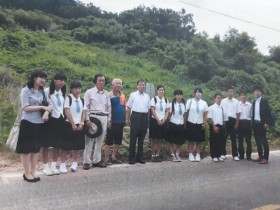
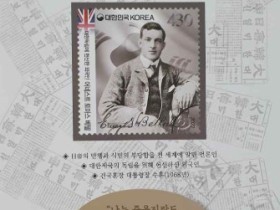


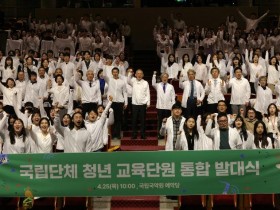


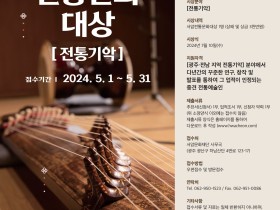
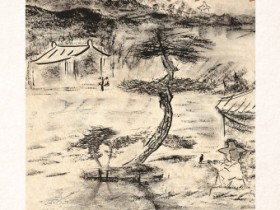
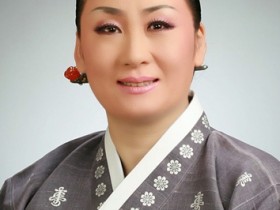
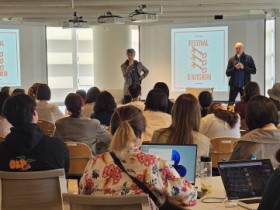
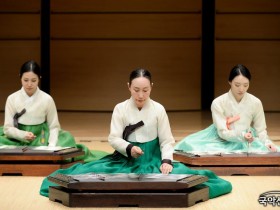



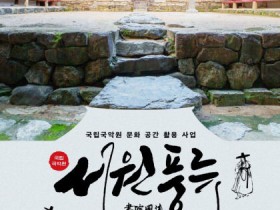
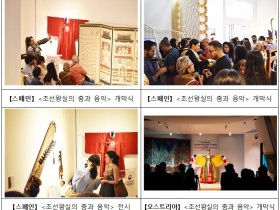
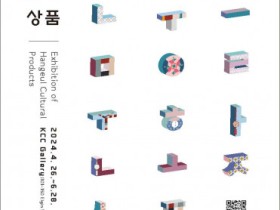

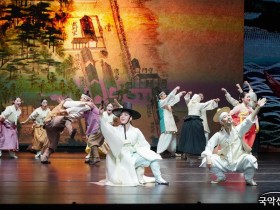
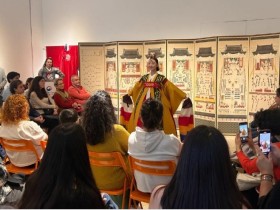
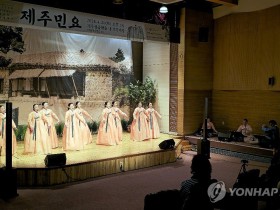
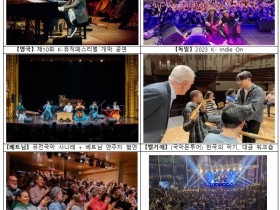

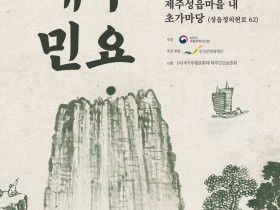
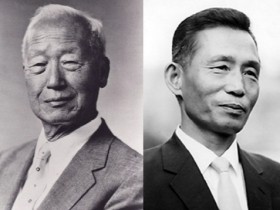
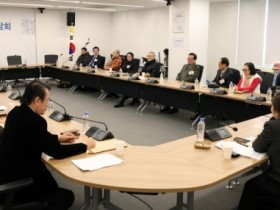
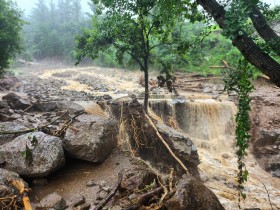






![[사설] 후반기 지역축제, 대면 개최 가능성 높다 [사설] 후반기 지역축제, 대면 개최 가능성 높다](https://kukak21.com/data/file/news/thumb-3534942082_xLDkmVCO_6c0ab4c0f9bda5791258891bcfab9234ab950fbd_280x210.jpg)
![[사설] 후반기 지역축제, 대면 개최 가능성 높다 [사설] 후반기 지역축제, 대면 개최 가능성 높다](https://kukak21.com/data/file/news/thumb/thumb-19087-280x210.jpg)
![[사설] 후반기 지역축제, 대면 개최 가능성 높다 [사설] 후반기 지역축제, 대면 개최 가능성 높다](https://kukak21.com/data/file/news/thumb/thumb-18606-280x210.jpg)


